Art Basel returns with galleries and collectors hungry for connection
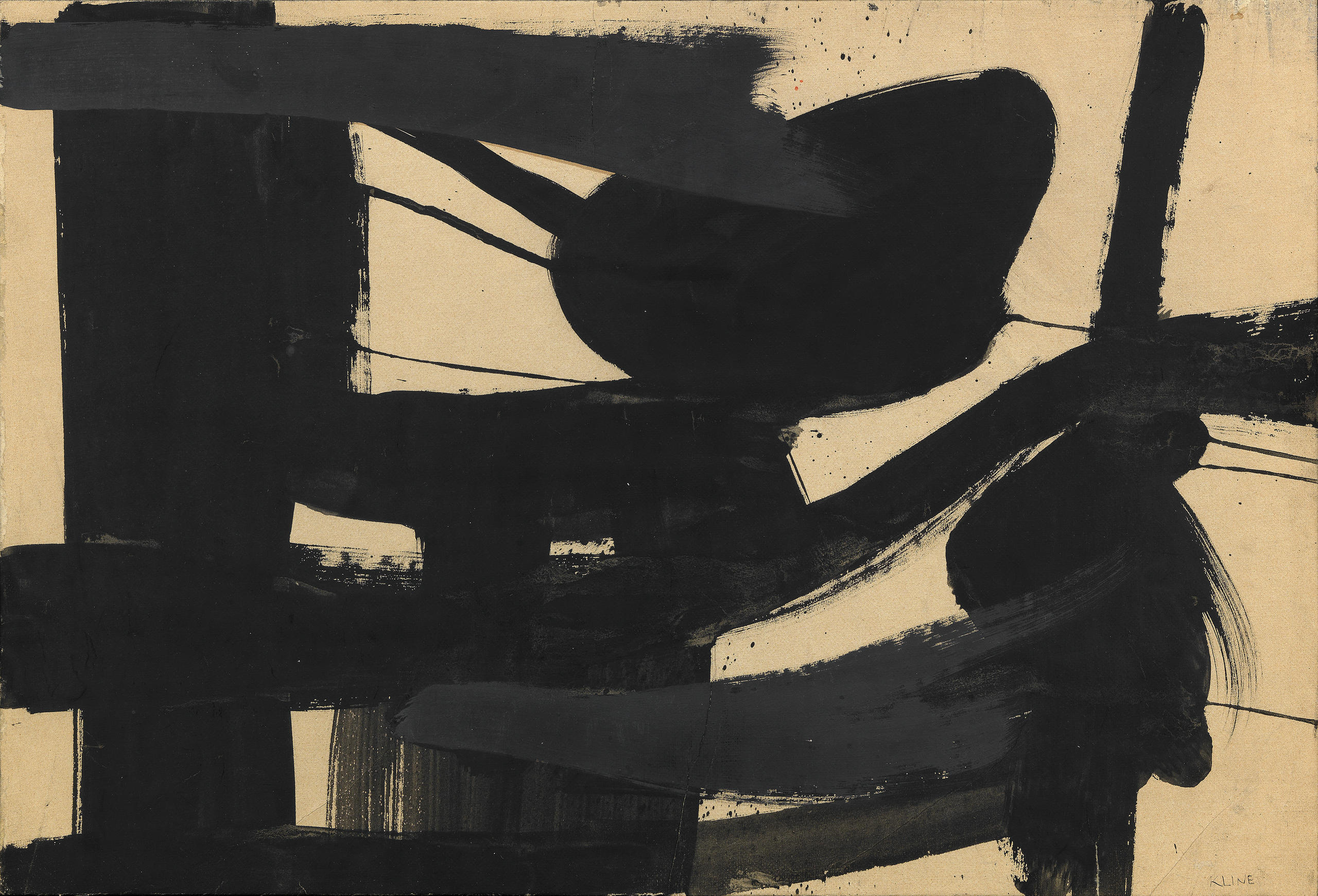
The prestigious art fair returns this week after a Covid-induced break, and despite the limitations, a good turnout is expected.
“The era of the IRL [In Real Life]-only art fair is over,” declares Iwan Wirth, co-founder of global gallery Hauser & Wirth. But write off in-person events at your peril. Against all odds, Art Basel opens this week in Switzerland with 272 galleries expected – including Wirth’s – and collectors ready to fly in from around the world.
Conditions are not ideal for the postponed 51st edition of the world’s most prestigious art fair. The Covid-19 pandemic has by no means gone away, with travel warnings for Switzerland from the US, trips out of Asia difficult or all but banned and stringent testing requirements to get into the Art Basel halls. Before the pandemic, there were complaints among art world professionals and buyers about “fairtigue” – the exhaustion of too many fairs, at too fast a pace. But now it seems that exhibitors and fairgoers prefer the energy – and high costs – of real-life events to not having any at all, whatever the logistics.

London-based Ben Brown, new to Art Basel’s main hall this year, says, “maybe the behemoth brands can exist without [physical] fairs but people like me need them. So, the good fairs will survive.” Brown has already exhibited at The Armory Show in New York and has committed to Frieze London, Frieze Masters, the West Bund Art & Design fair in Shanghai and Art Basel Miami Beach, all before the end of the year.
For the Swiss fair, his gallery is bringing ceramics from 1936-66 by the Italian modernist Lucio Fontana (€100,000-€4 million [CHF109,150-CHF4.37 million]). These include four pieces that were shown in the Guggenheim Bilbao retrospective in 2019, but even these items are harder to sell digitally than a new work by a sought-after artist, Brown finds.
New artists benefit from the improved selling rates at a real-life fair, suggests Marc Spiegler, global director of Art Basel: “Even if galleries managed to cut costs [by not attending art fairs], they had a more significant drop in sales. Without fairs, you can’t fund your artists as you would in normal conditions. That’s why galleries need to get back.”

More
Art Basel 2020 cancelled due to coronavirus
The Berlin dealer and collector Robert Morat, showing at the Photo Basel fair this week, says it is all about the “serendipity” of such events. “Online, you find the things that you are looking for; in person, you find things you didn’t know you were looking for.”
Art Basel won’t have the packed-out aisles of previous years but, at the time of writing, collectors were still planning to fly in from afar, to check in with, and look out for, each other. “Art Basel is an essential part of our art-world ecosystem and I believe it is important to support it in such an unusual, difficult year,” says collector Catherine Petitgas. She will come from New York and host a dinner for Tate International Council, which she chairs. “It is always a joy to attend,” she says.
Simon Castets, head of the non-profit Swiss Institute for contemporary art in New York, is headed to Basel partly because of the impact of the pandemic. “Our relationships with Swiss foundations and individuals are essential to our very existence… We need to be present to engage our supporters, who have stood by us even though they haven’t been able to travel to the US for 18 months,” he says.
Valerie Carberry, partner at Richard Gray Gallery in Chicago, says she is “pleasantly surprised” by the number of US collectors planning to come to the fair, plus one client finding a way from Hong Kong. “There’s no real substitute for seeing art and people physically. I’ve felt invigorated every time I’ve seen a client in the gallery since the lockdown,” she says. Her gallery brings a mix of artists, including Helen Frankenthaler’s sumptuous “Arriving in Africa” (1970) and a 2019 wood and fire-hose work by Theaster Gates.
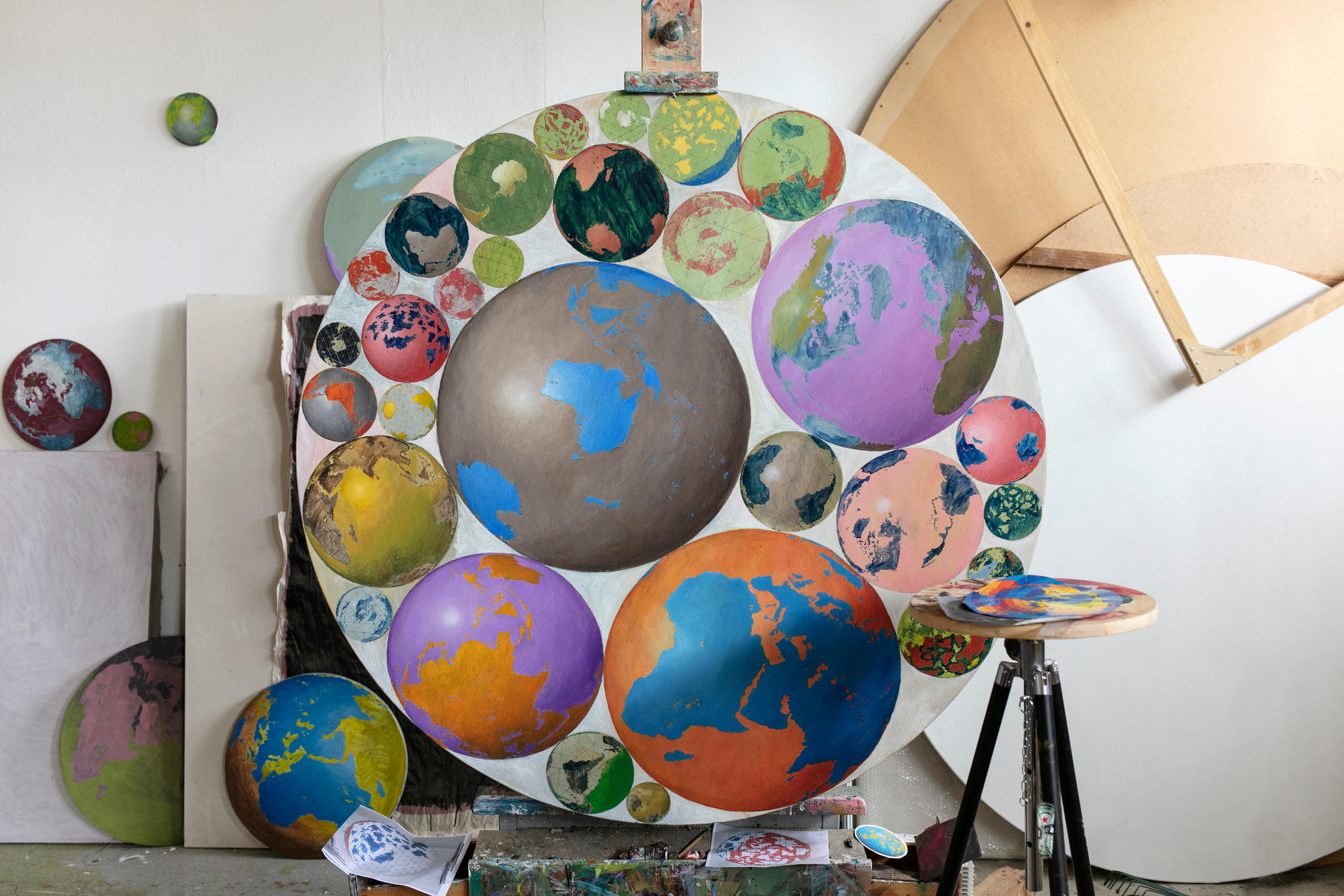
More
Basel art scene re-thinks its relationship to Art Basel
The prediction is that the fair will have a more local feel this time, but it is in a region with rich pickings. “Art Basel’s very success is due to the powerful Swiss, French and German collectors,” notes Stefan Ratibor, director at Gagosian Gallery. “Plus the fair now has its digital presence, which protects us with an international audience.” His gallery is pulling out the stops with works including Glenn Brown’s “Im Gestein” (2019-21), Albert Oehlen’s “u.b.B. 6” (2020) and Urs Fischer’s 3.65-metre high “Better Halves Bitter Ends” (2020) (the three works range from $900,000 to $3 million [CHF838,960-CHF2.8 million).
There is a sense too that it is time for a shake-up of the old ways. Fairs that have gone down well already this season include The Armory Show and Independent in New York, both in new venues, and London’s Eye of the Collector, an entirely new fair that dotted a range of works in a landmark building rather than in restrictive booths.
Meanwhile, Hauser & Wirth has boosted its digital offering, including a more interactive viewing tool on its own website, a daily Art Basel Diaries vlog and a live chat function so that its sales directors can speak to anyone, anywhere, during the fair. Its works for Art Basel include Zeng Fanzhi’s “Untitled (Yellow)” (2021, $1.8m), Jack Whitten’s late sculpture “Shark Bait” (2016, $3m) and Maria Lassnig’s “Schweinderln (Piggies)” (2007, €550,000). “We’ve created a next-generation, ‘phygital’ [physical-digital] experience using technology which is invisible, intuitive and human, including interactive photo-real 3D,” Wirth says.
Gallerists’ and collectors’ expectations are that while it won’t be business-as-usual in Basel this week, there will be business. “I would be surprised, and disappointed, if I don’t sell some art or meet some interesting people,” Brown says. As Gagosian’s Ratibor puts it: “It won’t be the same as 2019, but neither is going to the supermarket. We all want Art Basel to work so we need to get on with it.”
Art Basel 2021 runs from Monday September 20 to Sunday September 26; public days are September 24, 25, and 26. More information hereExternal link.
Copyright The Financial Times Limited 2021

In compliance with the JTI standards
More: SWI swissinfo.ch certified by the Journalism Trust Initiative










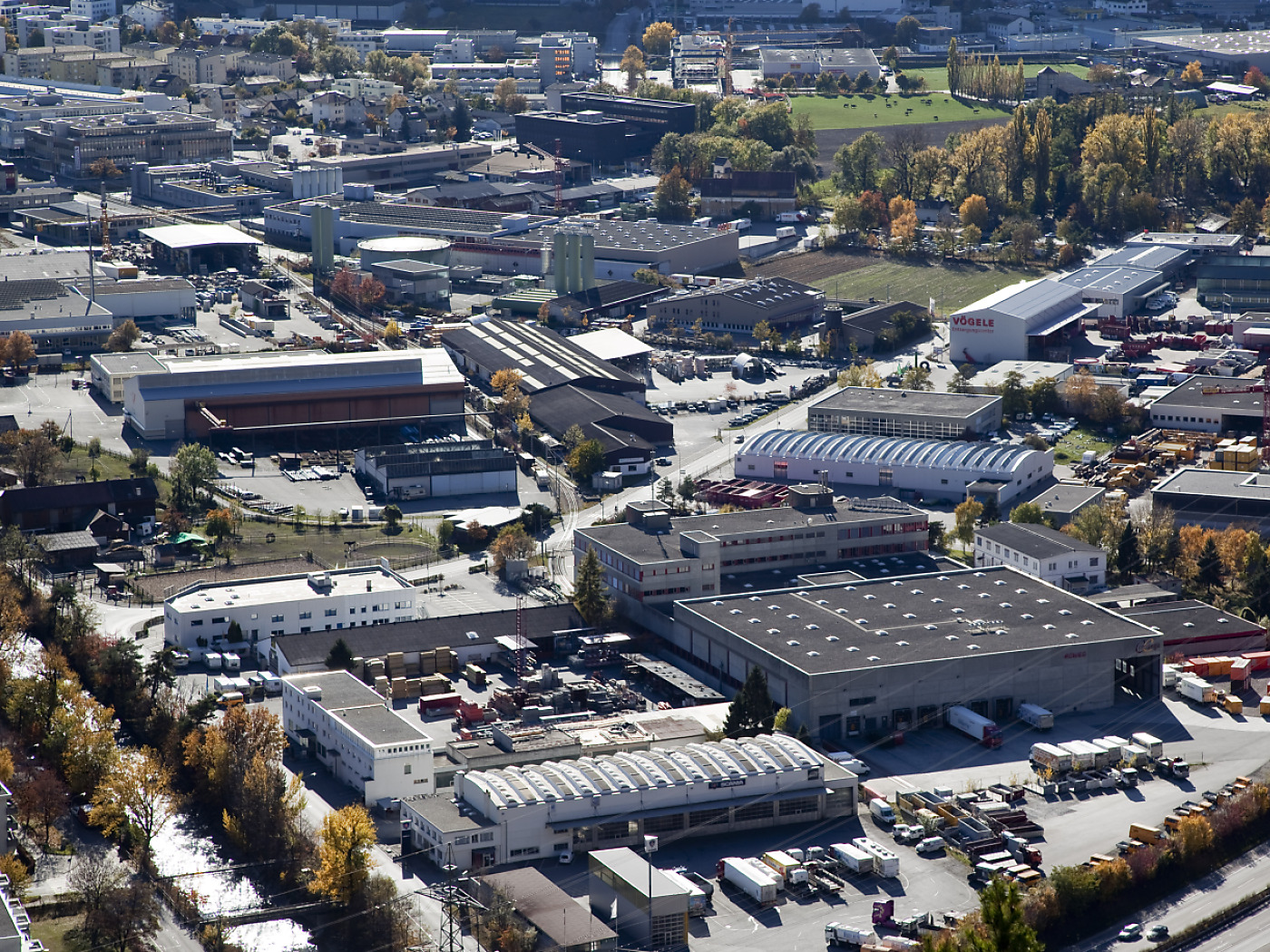

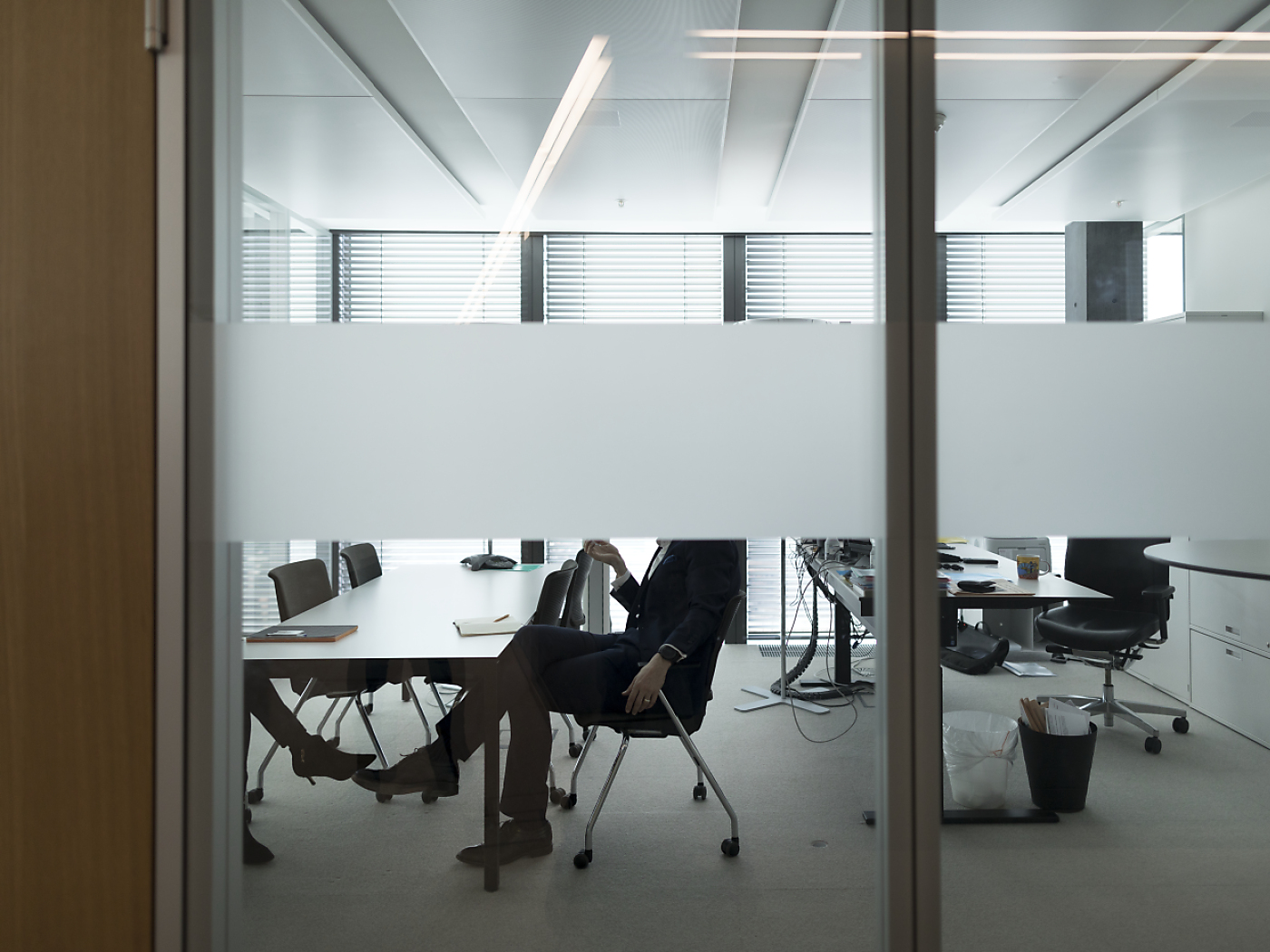
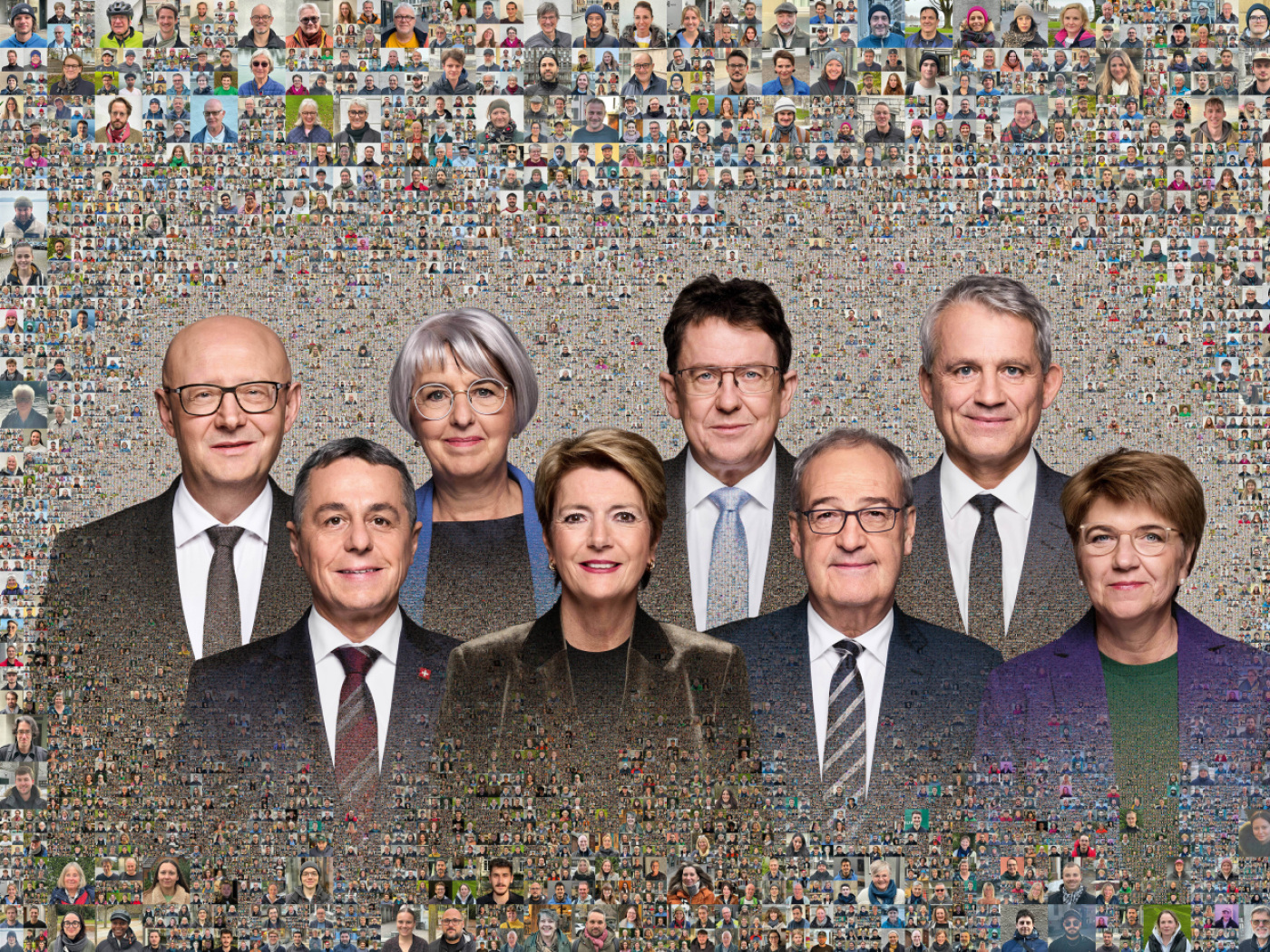
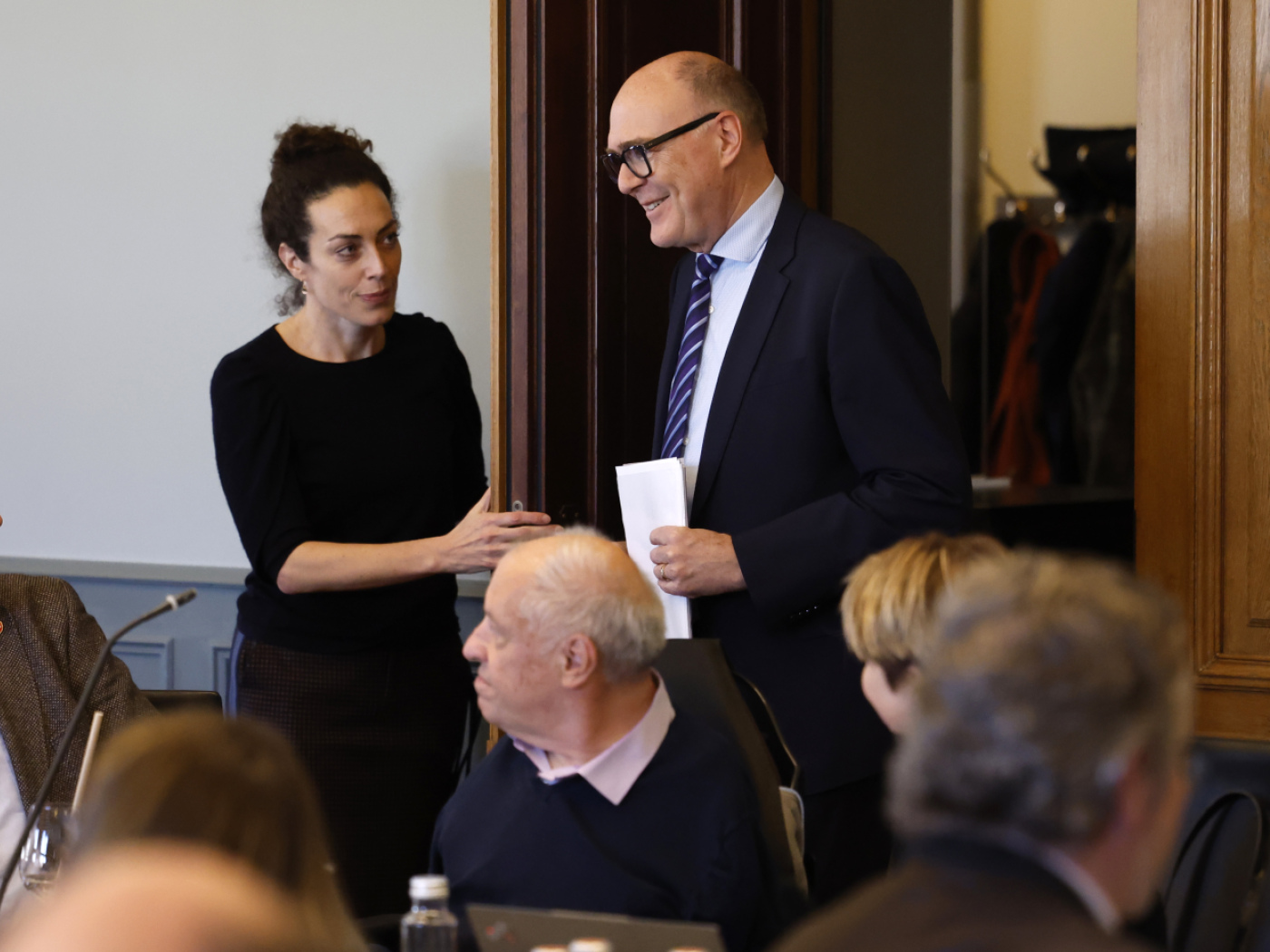



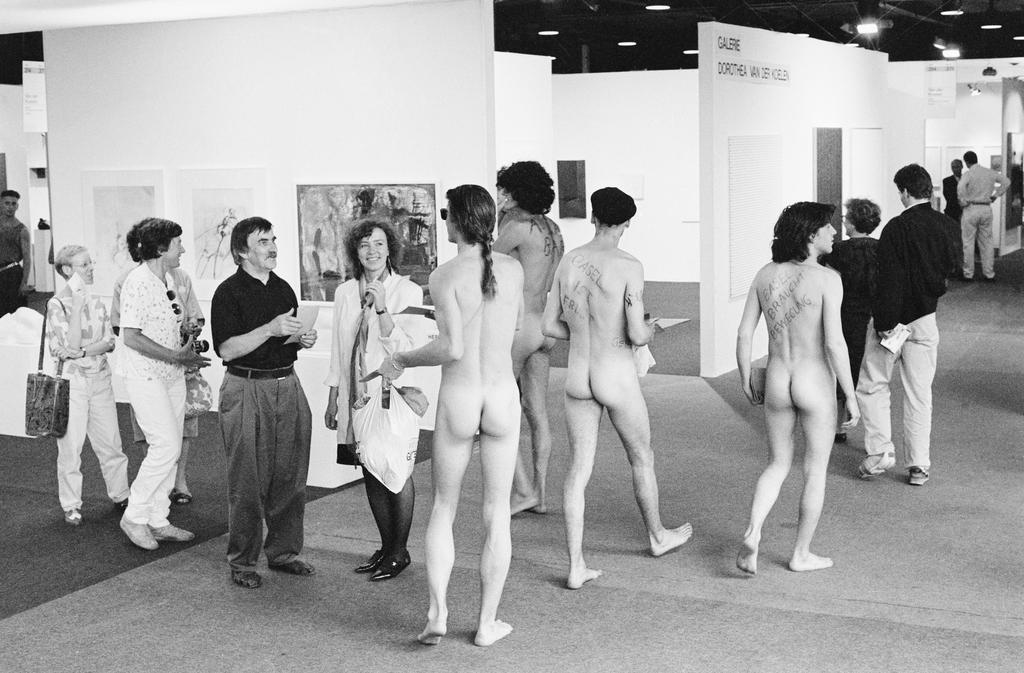

You can find an overview of ongoing debates with our journalists here . Please join us!
If you want to start a conversation about a topic raised in this article or want to report factual errors, email us at english@swissinfo.ch.